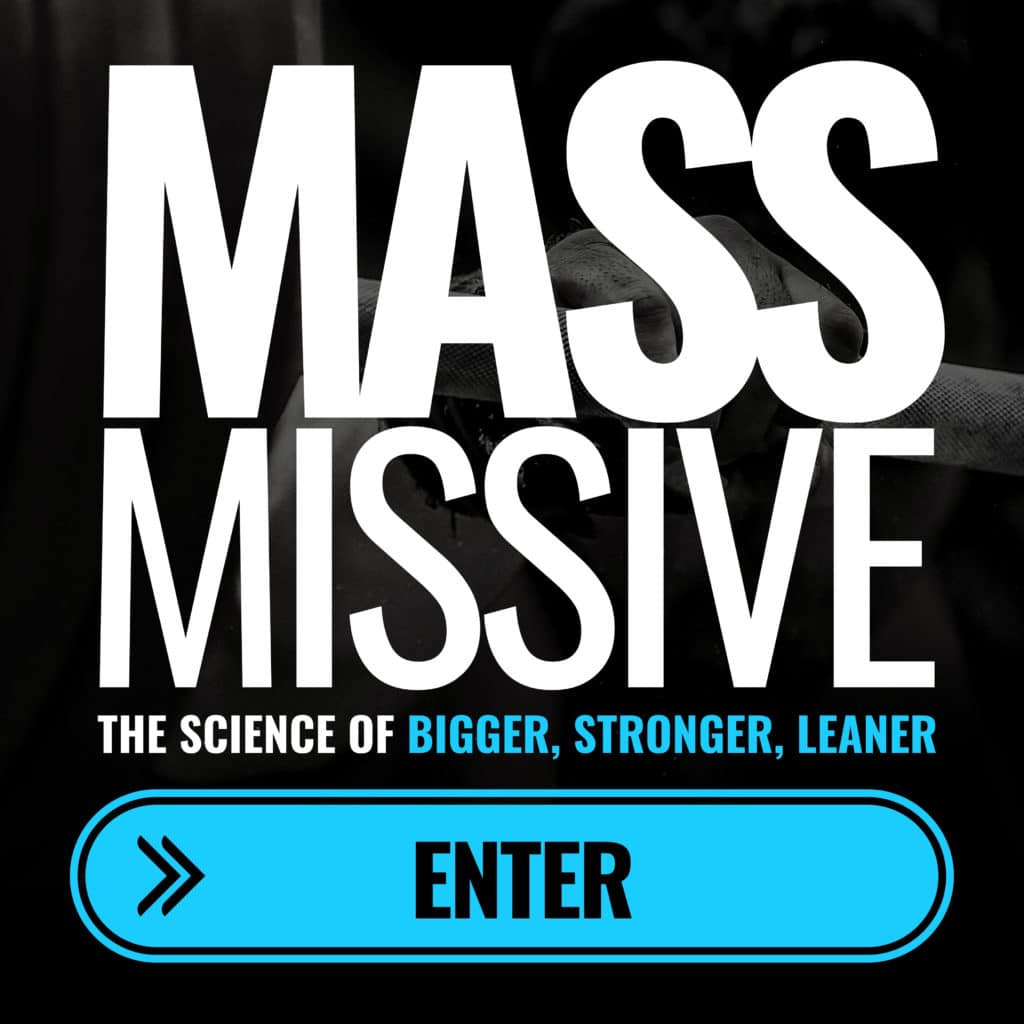The Biological Ceiling of Muscle Growth and Performance
New study explains the hidden constraints that limit muscle fiber development in humans and animals.
Why Your Biggest Muscles Might Not Be Your Best: The Hidden Trade-offs of Muscle Fiber Growth
Ever wondered why elite powerlifters sometimes struggle with basic cardio, or why massive bodybuilders can't always outlast smaller athletes in endurance tasks? This interesting study reveals the fundamental biological constraints that force our muscles to choose between size and endurance capacity.
Key Points
Study Overview
This comprehensive research examined muscle fibers from mice, recreational athletes, and elite resistance-trained men (including competitive bodybuilders) to determine whether there are absolute limits to muscle fiber size, oxidative capacity, and blood vessel supply. The findings reveal that nature imposes strict trade-offs on our muscles that even the most advanced training cannot fully overcome.
Study Aim
The researchers sought to identify the maximum possible combinations of muscle fiber size, oxidative capacity (the ability to use oxygen for energy), and capillary supply (blood vessel density) to understand what ultimately limits muscle adaptation and performance.
Methods
The study analysed 8,359 individual muscle fibers from:
Mouse muscles (soleus, diaphragm, and extensor digitorum longus)
Recreational athletes (both men and women, aged 23-54)
Elite resistance-trained men (competitive bodybuilders and experienced lifters, aged 23-77)
The same elite group after 10 weeks of additional endurance training
Each fiber was measured for size, oxidative capacity using succinate dehydrogenase staining (a marker of mitochondrial function), and capillary supply using advanced microscopy techniques.
Results
The Size Constraint is Real: The study confirmed an inverse relationship between muscle fiber size and oxidative capacity across all species, muscles, and training levels. Larger fibers consistently showed lower oxidative capacity per unit of muscle tissue.
Physical Limits to Blood Supply: There are absolute physical constraints on how many capillaries can surround a muscle fiber. Beyond approximately two capillaries around a fiber, additional blood vessels provide diminishing returns for oxygen delivery.
Upper Limits Exist: Regardless of training status, species, or muscle type, there are clear upper limits to the combinations of fiber size, oxidative capacity, and capillary supply that can coexist.
Elite Athletes Follow the Rules: Even the massive muscle fibers from competitive bodybuilders (some exceeding 25,000 μm², comparable to elite bodybuilder standards) still followed these constraints.
Endurance Training Helps, But Can't Break Barriers: Superimposing endurance training on resistance-trained athletes improved oxidative capacity and blood vessel supply, but could not overcome the fundamental physical and diffusion limitations.
Related
Practical Takeaways
Understand the Trade-off: If your primary goal is maximum muscle size, accept that oxidative capacity will be compromised. Conversely, optimising for endurance will limit maximum size potential.
Don't Abandon Cardio: Even if you're focused on hypertrophy, some cardiovascular training can improve capillary density within the constraints, potentially improving recovery between sets and overall muscle function.
Size Isn't Everything: Larger muscles aren't automatically better muscles. Consider your performance goals when designing training programs - sometimes moderate hypertrophy with maintained oxidative capacity serves athletes better.
Recovery Implications: Larger muscle fibers have inherently longer diffusion distances for oxygen and waste removal, potentially requiring longer rest periods between intense training sessions.
Individual Variation Matters: While upper limits exist, there's significant room for adaptation within these constraints. Focus on optimising your individual response rather than comparing absolute numbers to others.
Key Takeaways
This research fundamentally changes our understanding of muscle adaptation by revealing that biological constraints, not just training methodology, ultimately determine the limits of human muscular development. The findings demonstrate that diffusion limitations restrict how large muscle fibers can become oxidatively capable, while physical constraints limit how many blood vessels can effectively supply individual fibers.
These discoveries explain why elite strength athletes often struggle with endurance tasks and why concurrent training approaches must carefully balance competing adaptations. The study provides the first comprehensive evidence that even the most genetically gifted and well-trained individuals cannot escape these fundamental biological trade-offs, establishing a scientific framework for understanding the ultimate limits of human muscular adaptation.
Reference
Degens, H., M. Messa, G. A., Tallis, J., Bosutti, A., Venckunas, T., Adeniran, I., I. Wüst, R. C., & Hendrickse, P. W. Diffusion and physical constraints limit oxidative capacity, capillary supply and size of muscle fibres in mice and humans. Experimental Physiology. https://doi.org/10.1113/EP092750
You can also find me at dannyleejames.com for stories, personal training insights, and coaching.











